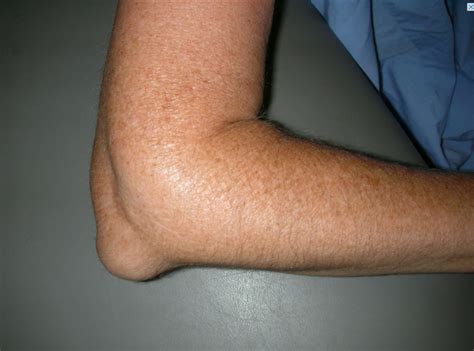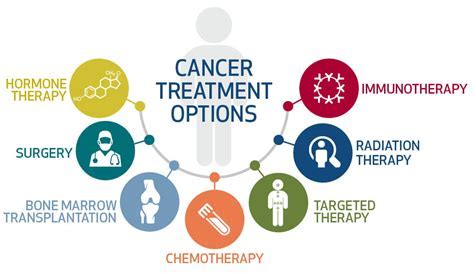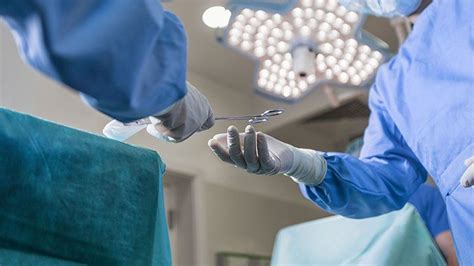Intro
Learn about elbow olecranon bursitis treatment options, including medication, physical therapy, and surgery, to relieve swelling and pain in the olecranon bursa, a common condition affecting the elbow joint, also known as students elbow or miners elbow.
The elbow is a complex joint that plays a crucial role in our daily lives, allowing us to perform various activities with ease. However, it can also be prone to injuries and conditions that can cause pain and discomfort. One such condition is olecranon bursitis, which affects the bursa at the back of the elbow. In this article, we will delve into the world of olecranon bursitis, exploring its causes, symptoms, and treatment options.
Olecranon bursitis is a condition that occurs when the bursa at the back of the elbow becomes inflamed, leading to pain, swelling, and limited mobility. The bursa is a fluid-filled sac that cushions the bones and tendons, reducing friction and allowing for smooth movement. When it becomes inflamed, it can cause significant discomfort and affect daily activities. Understanding the causes and symptoms of olecranon bursitis is essential in seeking proper treatment and preventing further complications.
The causes of olecranon bursitis can vary, ranging from repetitive motion and trauma to infection and medical conditions. Repetitive motion, such as leaning on the elbow or repetitive bending and straightening, can cause friction and lead to inflammation. Trauma, such as a fall or direct blow to the elbow, can also cause the bursa to become inflamed. In some cases, infection or medical conditions like rheumatoid arthritis or gout can contribute to the development of olecranon bursitis.
Understanding Olecranon Bursitis

Symptoms of Olecranon Bursitis
The symptoms of olecranon bursitis can vary, but common signs include pain, swelling, and limited mobility. The pain can range from mild to severe and can be exacerbated by movement or pressure on the elbow. Swelling and redness may also occur, especially if the bursa is infected. In some cases, the bursa may become warm to the touch or feel tender.Treatment Options for Olecranon Bursitis

- Rest and ice: Avoiding activities that aggravate the condition and applying ice to reduce pain and inflammation.
- Compression: Using an elastic bandage to compress the affected area and reduce swelling.
- Elevation: Elevating the affected arm above the level of the heart to reduce swelling.
- Physical therapy: Performing exercises to improve range of motion and strength.
- Medications: Taking anti-inflammatory medications or antibiotics to reduce pain and inflammation.
Non-Surgical Treatment Options
Non-surgical treatment options can be effective in managing olecranon bursitis, especially in mild cases. These options include: * Corticosteroid injections: Injecting corticosteroids into the bursa to reduce inflammation. * Aspiration: Draining the fluid from the bursa to reduce pressure and inflammation. * Padding and protection: Using padding and protective devices to reduce pressure and friction on the affected area.Surgical Treatment Options

Post-Surgical Care and Rehabilitation
After surgical treatment, it is essential to follow a post-surgical care and rehabilitation plan to ensure proper healing and prevent complications. This plan may include: * Pain management: Managing pain and discomfort with medications and other interventions. * Wound care: Caring for the surgical wound to prevent infection and promote healing. * Physical therapy: Performing exercises to improve range of motion, strength, and mobility. * Follow-up appointments: Attending follow-up appointments with the healthcare provider to monitor progress and address any concerns.Prevention and Management

Home Remedies and Self-Care
Home remedies and self-care can play a crucial role in managing olecranon bursitis. These remedies include: * Applying heat or cold: Applying heat or cold to reduce pain and inflammation. * Using topical creams: Using topical creams or ointments to reduce pain and inflammation. * Elevating the affected arm: Elevating the affected arm above the level of the heart to reduce swelling. * Avoiding aggravating activities: Avoiding activities that aggravate the condition.Conclusion and Final Thoughts

What is olecranon bursitis?
+Olecranon bursitis is a condition that occurs when the bursa at the back of the elbow becomes inflamed, leading to pain, swelling, and limited mobility.
What are the causes of olecranon bursitis?
+The causes of olecranon bursitis can vary, ranging from repetitive motion and trauma to infection and medical conditions.
How is olecranon bursitis treated?
+Treatment for olecranon bursitis depends on the underlying cause and severity of the condition, and may include conservative treatment options, such as rest and ice, or surgical treatment options, such as bursectomy or debridement.
Can olecranon bursitis be prevented?
+Yes, olecranon bursitis can be prevented by avoiding repetitive motion and trauma, using protective devices, maintaining a healthy weight, and strengthening surrounding muscles.
What are the symptoms of olecranon bursitis?
+The symptoms of olecranon bursitis can vary, but common signs include pain, swelling, and limited mobility, especially at the back of the elbow.
We hope this article has provided you with a comprehensive understanding of olecranon bursitis, its causes, symptoms, and treatment options. If you have any further questions or concerns, please do not hesitate to comment below. Share this article with your friends and family to help raise awareness about this condition. Take the first step towards managing olecranon bursitis and improving your overall quality of life.
